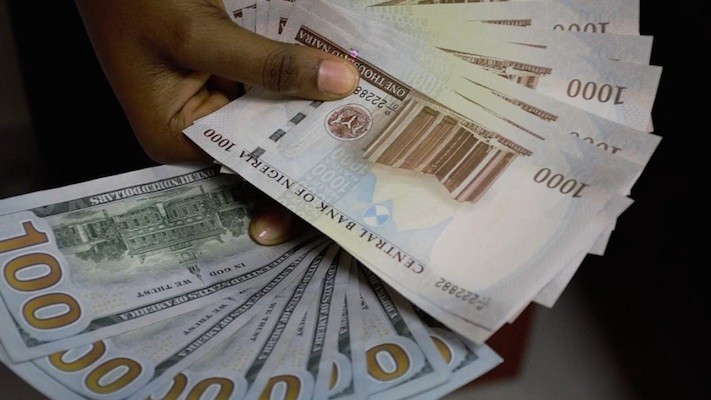- Oil Hits Multi-year High on Tight Supply, Iran Sanctions
Oil prices hit a 3-1/2-year high on Tuesday, supported by tight supply and planned U.S. sanctions against Iran that are likely to restrict crude oil exports from one of the biggest producers in the Middle East.
Brent crude oil LCOc1 reached an intraday peak of $79.47 a barrel, up $1.24 and its highest since November 2014, before easing to $78.28, up 5 cents, by 1345 GMT.
U.S. light crude was 15 cents lower at $70.81 a barrel, also not far off its highest since November 2014.
World oil prices have surged by more than 70 percent over the last year as demand has risen sharply but production has been restricted by the Organization of the Petroleum Exporting Countries, led by Saudi Arabia, and other producers including Russia.
Now the United States has announced it will impose sanctions on Iran over its nuclear program, raising fears that markets will face shortages later this year when trade restrictions come into effect.
“Oil prices are touching fresh multi-year highs as robust demand prospects coupled with a tense geopolitical backdrop make for a potent bullish cocktail,” said Stephen Brennock, analyst at London brokers PVM Oil Associates.
Norbert Rücker, head of macro and commodity research at private bank Julius Baer, said that at the top of everyone’s mind was “the potential impact on Iranian oil exports and thus the risk of another meaningful supply disruption”.
In China, the world’s biggest oil importer, refinery runs rose nearly 12 percent in April compared with a year earlier, to around 12.06 million barrels per day (bpd), marking the second-highest level on record on a daily basis, data showed.
The tightening market has all but eliminated a global supply overhang which depressed crude prices between late 2014 and early 2017.
OPEC figures published on Monday showed that oil inventories in OECD industrialized nations in March fell to 9 million barrels above the five-year average, from 340 million barrels above the average in January 2017.
U.S. crude is trading at a hefty discount to Brent, the international marker, thanks to sharp rises in U.S. production to 10.7 million bpd, which has left the American domestic oil market well supplied.
U.S. shale oil production is expected to rise by about 145,000 bpd to a record 7.18 million bpd in June, the U.S. Energy Information Administration said on Monday.
The Permian basin in Texas, the biggest U.S. oil patch, is expected to see output climb 78,000 bpd to a fresh record of 3.28 million bpd.

 Billionaire Watch3 weeks ago
Billionaire Watch3 weeks ago
 Startups4 weeks ago
Startups4 weeks ago
 News4 weeks ago
News4 weeks ago
 News4 weeks ago
News4 weeks ago
 Bitcoin4 weeks ago
Bitcoin4 weeks ago
 Naira4 weeks ago
Naira4 weeks ago
 Forex3 weeks ago
Forex3 weeks ago
 Treasury Bills4 weeks ago
Treasury Bills4 weeks ago
























